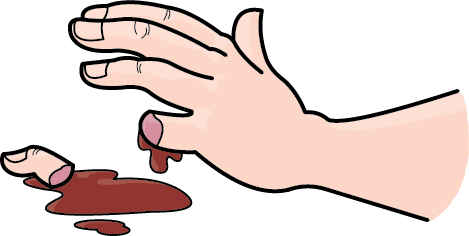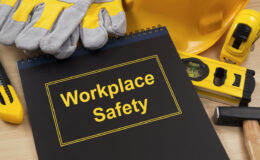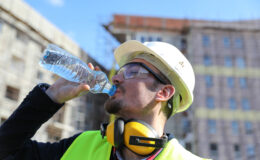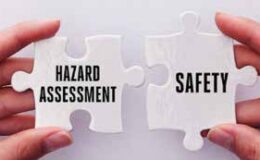By Ruth Kiefer, Loss Control Manager, ARM
Outside the cicadas are singing their song signifying the end of summer, and the kids are getting ready for school, but I can’t seem to enjoy this annual transition from the winding down of summer to fall because my mind can’t stop wondering why we are having so many traumatic injuries this year. My team and I have been called out to conduct way too many accident investigations regarding amputations. This traumatic event, in which a part of the body is violently removed from your employee has plagued us since the beginning of the year. So, I must ask myself, why the sudden increase in this type of traumatic injury?
So, here is what I can deduce from the events of this year: I understand that your production has increased and your talent pool has dwindled, but we still must take the time to make sure our equipment at the point of operation is properly guarded and we are using it correctly. We must make sure that our employees are properly trained on the hazards of the equipment, not just how to run the part through the process, and that they are not distracted from their jobs (ear-buds, cell phones) and are also properly supervised. I’m also concerned with experienced operators that have picked up bad habits along the way and no one corrects them when they see their actions. I think we should review three traumatic amputation injuries that occurred this year, so maybe you to can see the same trends I have seen or maybe ways to make your training and workplace safety even better than it currently is.
Our first case: An unexperienced 17-year old running a brake press in continuous mode, riding the foot pedal, and wearing ear-buds, amputates the right tip of his index finger. This brake press did not have point of operation guarding, training was minimal, just how to run the part, not the hazards of the press itself. The selector switch of the brake press was broken and could only run in continuous mode. Supervision, of a non-experienced 17 year old with a work permit was minimal.
An experienced 54-year old man running a lathe sustains a total amputation of his right thumb as it was pulled into the lathe. This employee was experienced, but used a long piece of sand paper and wrapped it around the metal shaft to remove burrs. The sand paper caught and sucked his thumb in. This one bothers me the most because it’s a common practice among lathe operators and has resulted in a lot of operator amputations with this practice. This operator normally cuts down the sand paper and used a small piece to remove the burr, but on this day he chose to use the whole piece. Very unfortunate.
Finally, a newly hired 35-year old trim press operator sustained a four finger amputation of the right hand while running a trim press. The operator was to reach into the point of operation to retrieve the part. A set of tie backs are to be used to make sure the operators hands are not in the point of operation when the dies come together. The press was activated using a foot pedal. In this case, the operator was not trained nor was he using the wrist tie backs while operating the trim press. This employee was not experienced, not trained, nor was he properly supervised all of which resulted in a four finger amputation. He was also wearing ear buds, so if he was corrected, he undoubtedly would not have heard it.
So, what do you see as the ringing trend(s) in these three randomly selected cases I chose to review that resulted in severe trauma to your employee? I hope you see what I did; lack of appropriate guarding, training, supervision, distractions, and bad habits. So, I’m not going to spout off all of the MIOSHA violations to which you have just exposed your company, the lost time, finding another warm body, additional expenses, employee morale issues, or lost production time, but I am going to stress the reduced quality of life for these three employees because we didn’t live up to our end of the deal.
Employees that are experienced or not, we are all responsible for their well being and safety, it is your obligation to provide a safe workplace for them while at the same time producing product for your customers. It’s a delicate balance that we need to maintain, which is why we have the tools to assist you in providing a safe workplace. We have the on-line portal full of training videos at your finger tips, written safety programs that you can tailor to your operation, and most beneficial of all you also have an experienced and knowledgeable loss control staff at your disposal. Use them! It’s what we are here for, you don’t need to wait for your annual visit to ask a question. Our staff is willing and most importantly available to you. So please, lets end the rash of amputation injuries we have been seeing… let’s train and supervise our new hires. Lets guard and maintain our equipment…lets enjoy the long warm days of summer.






